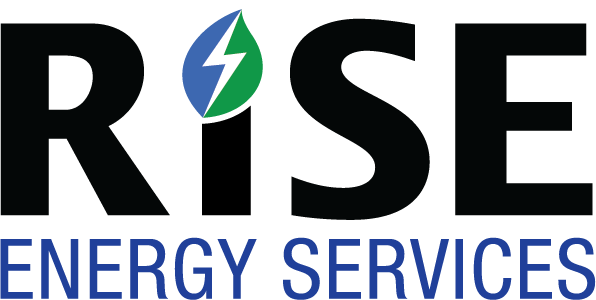Renewable Natural Gas
What is it?
Biomethane or biogas is produced when microorganisms digest organic materials in an anaerobic (oxygen free) environment. The most common types of organic materials are wastewater, food scraps, landfilled waste or animal manure. The initial production of biogas from these materials produces a medium btu content gas (approx. 600-700 btus per standard cubic foot), which can be used to produce electricity or as a boiler fuel.
The biogas can undergo further processing, to remove CO2 and other trace elements, to meet pipeline quality specifications (closer to 1,030 btu per scf). In this state, the gas is referred to as RNG or Renewable Natural Gas. It is chemically identical to fossil natural gas, drilled or mined from geological sources, and can be used in any standard application as a fuel.
What are the primary benefits of using RNG?
Because RNG is made from a bio-mechanical process that captures methane that otherwise would be released into the atmosphere, there is a Greenhouse Gas emission benefit in producing the gas. Methane is a potent GHG with a warming potential that is 32 times that of CO2, so the net benefit of RNG projects can be quite significant. And since the composition of the product is identical to fossil natural gas, customers don’t have to make any additional equipment investment to use RNG in current processes.
How does using RNG impact Sustainability Reporting and my corporate objectives?
The simple answer is that using renewable natural gas in a heating, transportation or thermal process application would result in no Scope 1 emissions to report from that activity, resulting in a direct reduction of corporate reported GHG emissions.
What are some of the key considerations to switching to RNG?
In general, cost and availability are some of the primary barriers to wider adoption. RNG can be 2-10x the cost of fossil natural gas and RNG is currently less than one half of one percent of the total domestic supply of natural gas. However, there is significant variability in those numbers and many companies are finding economical sources of RNG that are helping them achieve their sustainability goals.
Sustainable Energy Resources
About Renewable Electricity
Renewable capacity from wind and solar generation has increased 850% since 2008, from 26 GW to 220 GW of total generating capacity. The primary driver of this increase has been the demand to meet state level Renewable Portfolio Standard (RPS) goals, accounting for fully 2/3 rd of the increase. The remaining capacity has been available to meet demand in the “voluntary” renewable markets.
About Carbon Offsets
A carbon offset is a reduction of Greenhouse gas in the atmosphere equivalent to one tonne of CO2 that is real, additional, verifiable and permanent. Carbon offsets exist in both voluntary markets and under mandatory or compliance programs. Voluntary carbon markets (VCM) are the mechanism for non-state entities to contribute to global GHG reductions beyond those required for compliance purposes.
